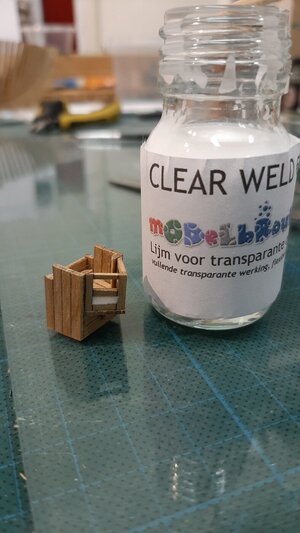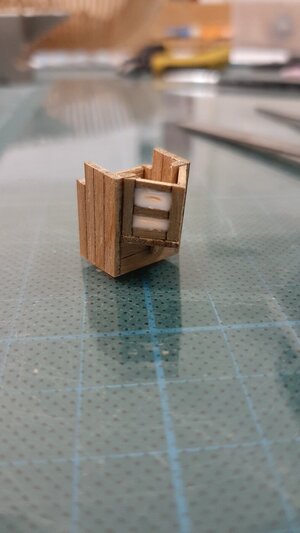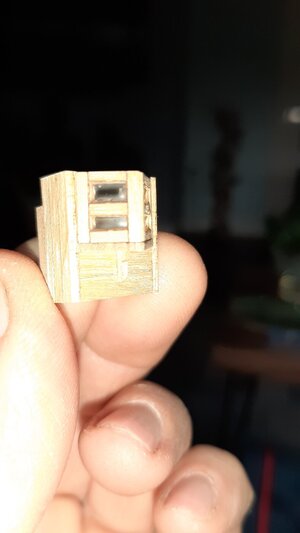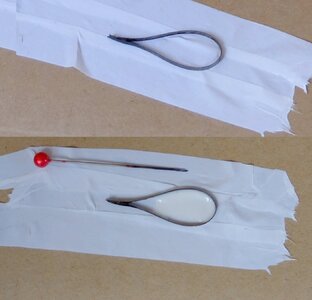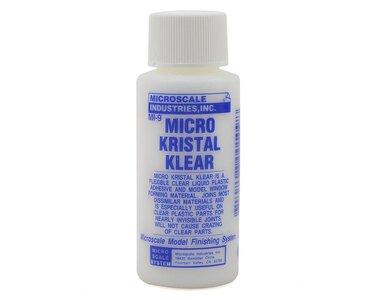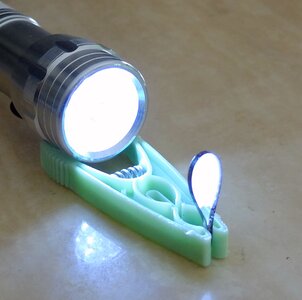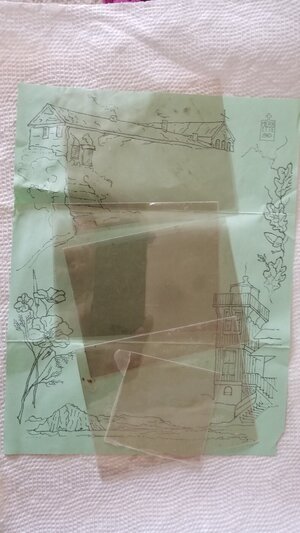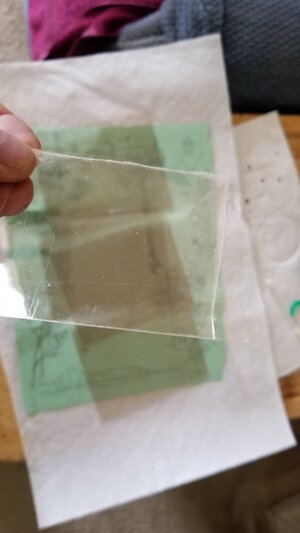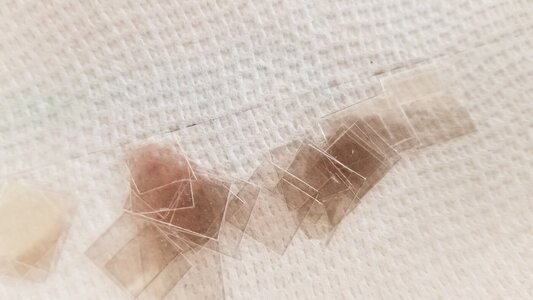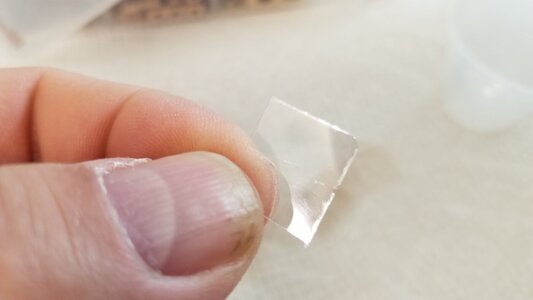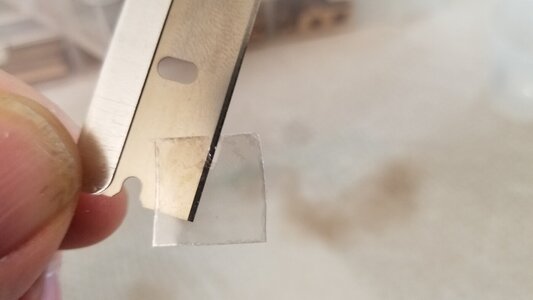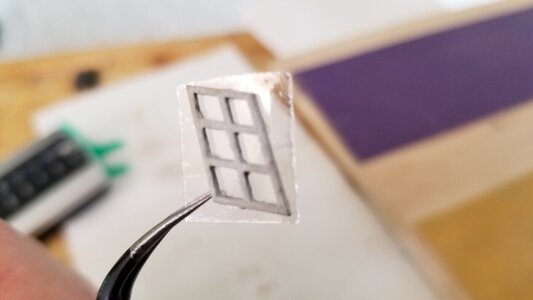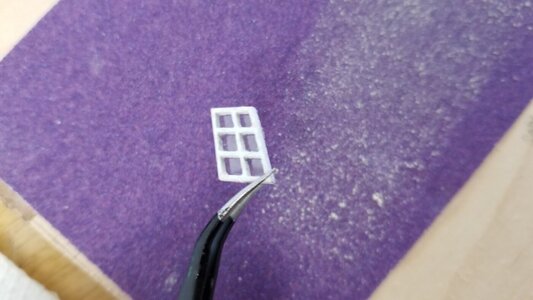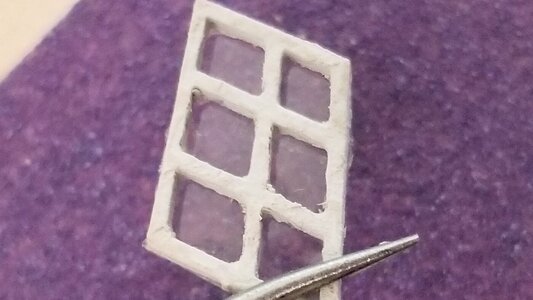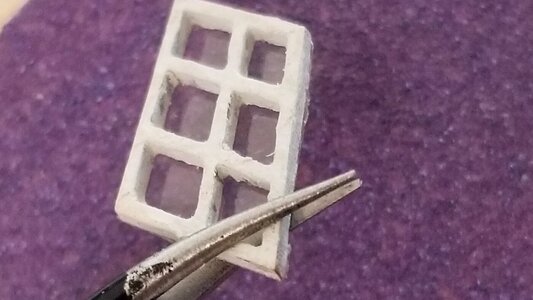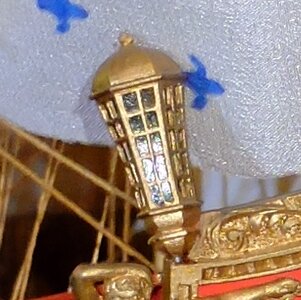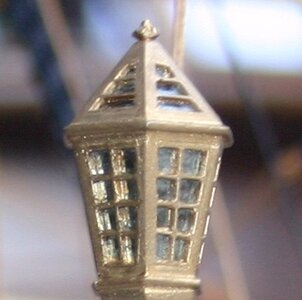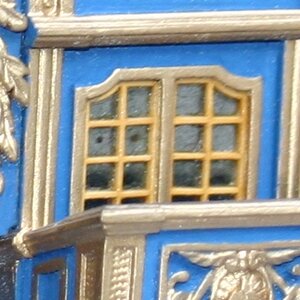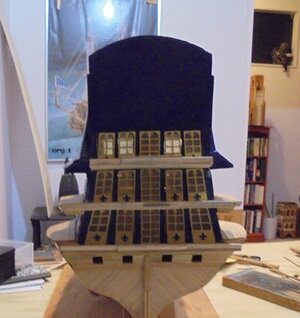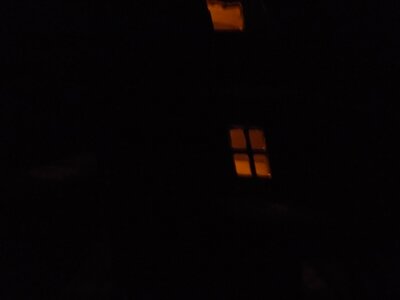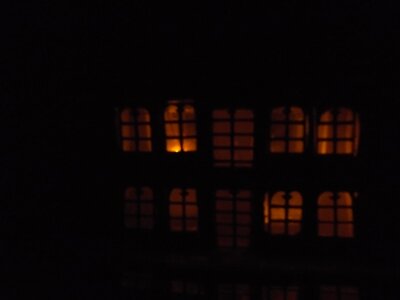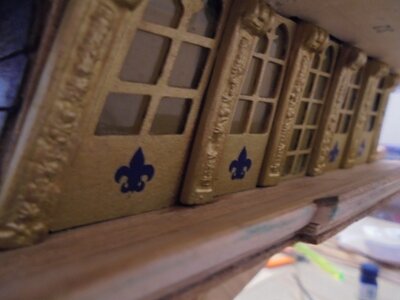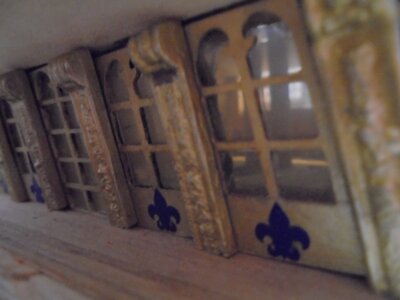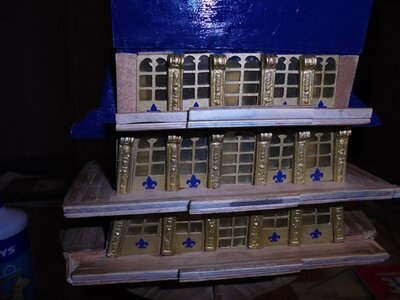I wish to start a new thread concerning the transparent "stuffs" that we fix upon our ship-models. This is for me an important concern because I if am used to build (my personal experience) @ the 1/75th scale, I am (for the moment) a beginner @ the 1/48th scale and I am deeply thinking (even philosophically) to the different methods available to artefact the transparency stuff, mainly in the stern area of a shipmodel. If I start this thread, this is obviously for sharing something new with all of you and it happens (I read it some days ago in the French review "Bateau Modèle" N° 127 dated february 2016) that the very well known and clever French modelist Denis Désormières pointed out (from Boudriot monographies) that vessels rear lantirns were made (in XVIIth century) in glass or in animal's horn. And Denis Desormières "invented" a new "tour de main" for manufacturing the transparent part of his lantirns. Those lantirns have a well known shape as they are from the "Ambitieux".
I have recently purchased from India some plates made of cow horns, they are of a light honey color, they are quite transparent BUT their thickness cannot be under 3 millimeters and this is not suitable for a model.
In a first step, I wish your (if you permit me) contribution to indicate what are your preferences and for what reasons :
The main used technics being are roughly speaking polymetacrylate (PMMA) v/s glass.
A tricky use of PMMA could maybe be for the use of curved surfaces.
I HAVE NO EXPERIENCE for the PMMA use because I do use cleavable mica (a natural silicate) which permits me to have low thickness plates.
... but I cannot bend them !
As for glass, I also use rectangular microscopic "lamelles" which are 22 x 32 x 1 mm thick. You have to break a lot of them for filling a window frame !
I have recently purchased from India some plates made of cow horns, they are of a light honey color, they are quite transparent BUT their thickness cannot be under 3 millimeters and this is not suitable for a model.
In a first step, I wish your (if you permit me) contribution to indicate what are your preferences and for what reasons :
The main used technics being are roughly speaking polymetacrylate (PMMA) v/s glass.
A tricky use of PMMA could maybe be for the use of curved surfaces.
I HAVE NO EXPERIENCE for the PMMA use because I do use cleavable mica (a natural silicate) which permits me to have low thickness plates.
... but I cannot bend them !
As for glass, I also use rectangular microscopic "lamelles" which are 22 x 32 x 1 mm thick. You have to break a lot of them for filling a window frame !
Last edited:






